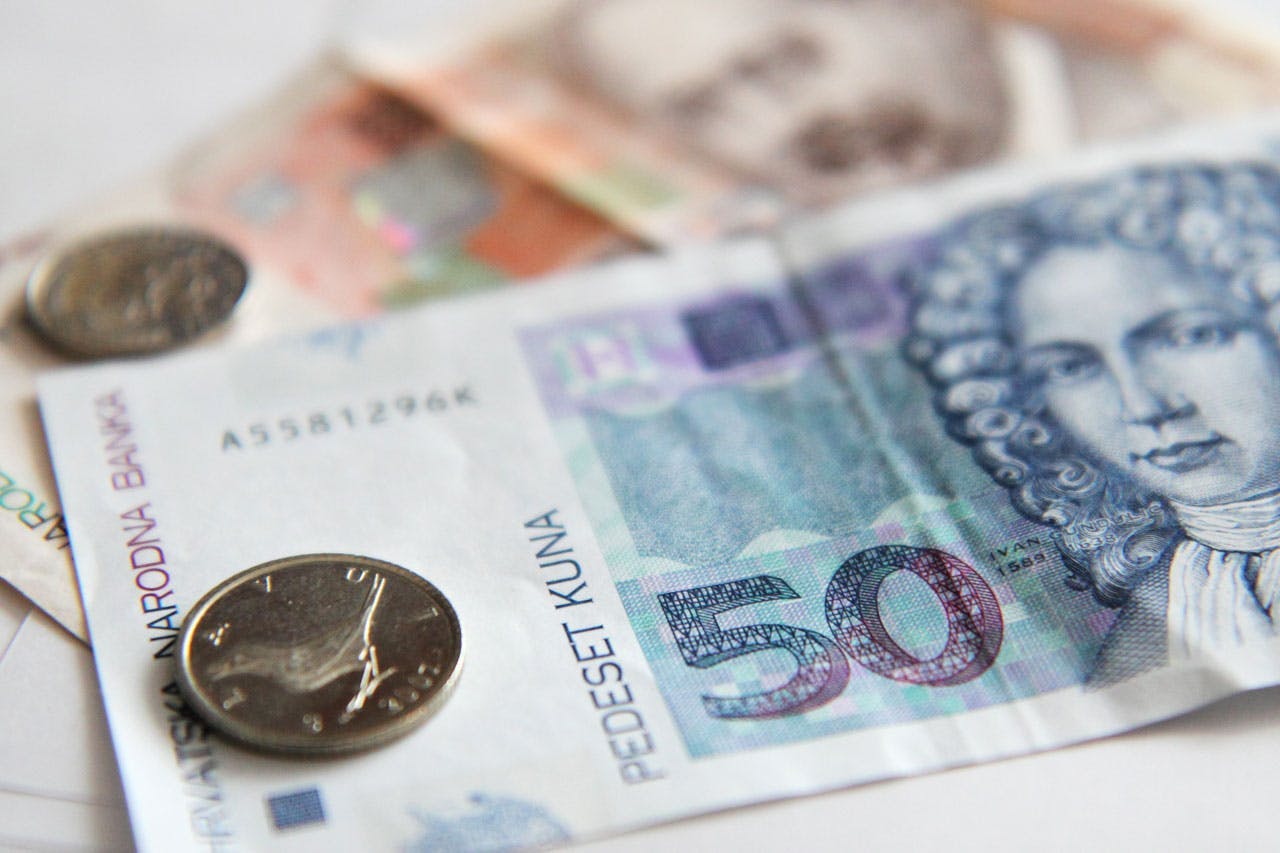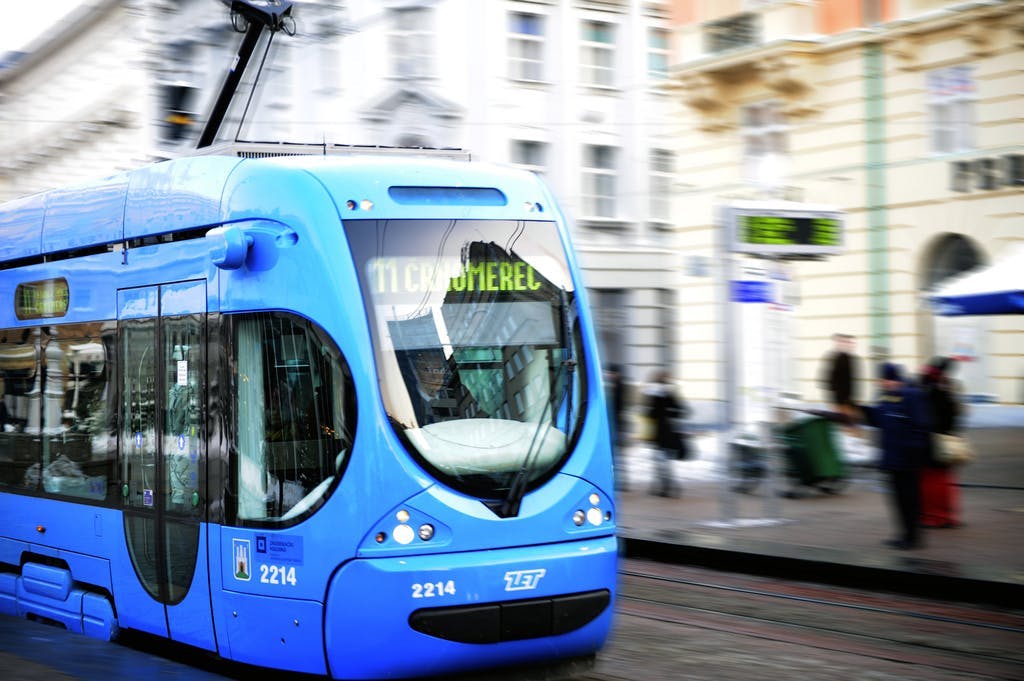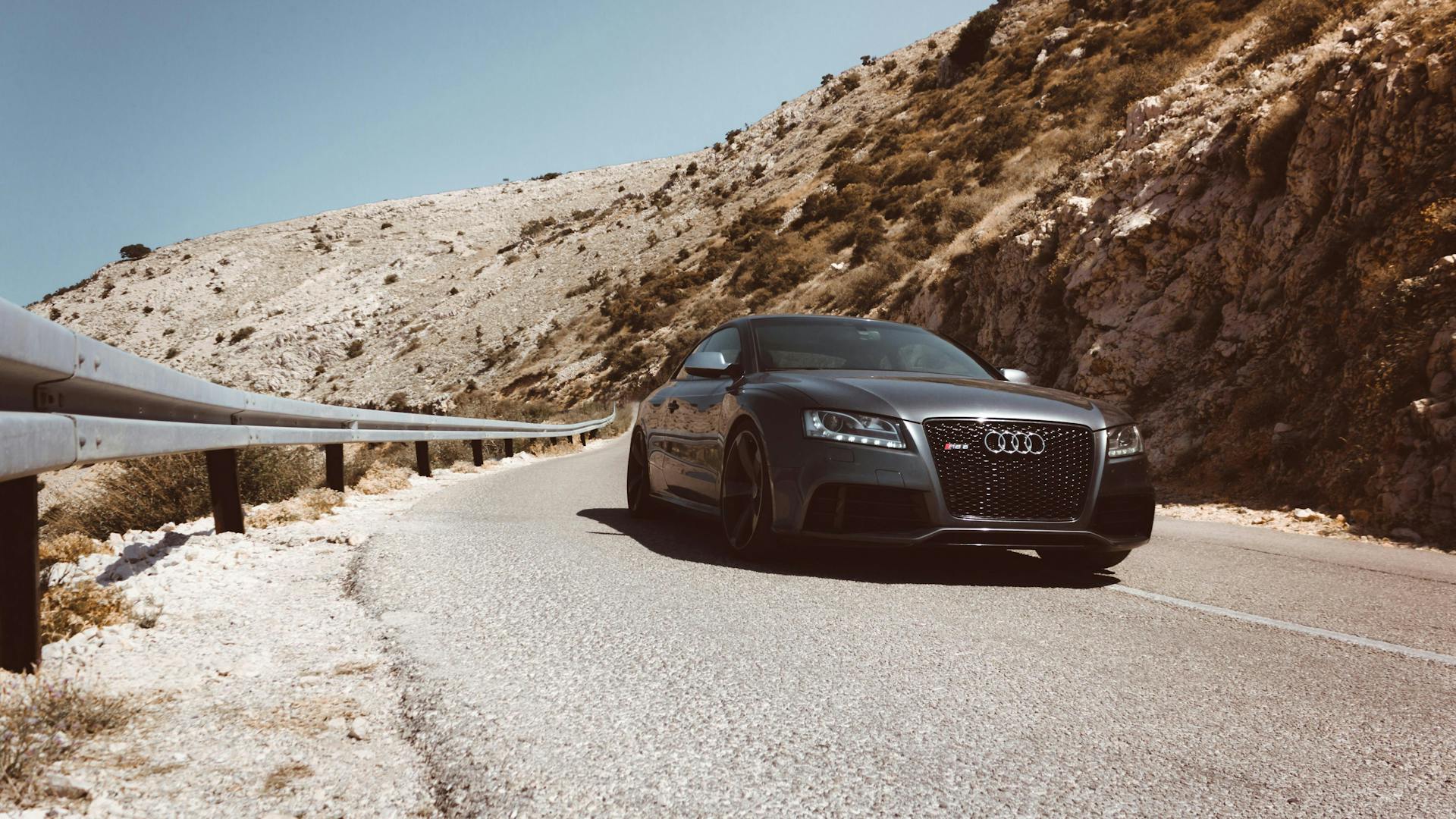
Things to Know Before Traveling to Croatia
Traveling to a new country is an exciting experience and Croatia is no exception! However, it is good to know some basic tips before you go in order to make the most of your trip and avoid unnecessary complications.
Before traveling to Croatia, there are a few things you should take into consideration and be informed of. Croatian people are very positive towards tourists and they are usually incredibly helpful. However, it is good to know how to get around certain situations on your own just in case. If you have traveled quite a bit, you have probably found yourself in awkward and uncomfortable situations that could have been avoided with the proper preparation. This article will help you avoid those situations while traveling in Croatia, while highlighting certain cultural norms and behaviors of the locals to be aware of.
Money
 The Croatian Kuna. Photo: Public Domain Pictures.
The Croatian Kuna. Photo: Public Domain Pictures.
The currency that is used in Croatia is the Croatian Kuna, or the HRK. The biggest money related mistake that is made by travelers in Croatia is the assumption that they can pay for goods and services in Euros. While Croatia is in the European Union, it is not in the Eurozone and therefore it still uses the Kuna (though it should be mentioned that the HRK has a direct Peg to the Euro, as such exchange rates change very infrequently, very little). When traveling in Croatia, cash transactions can only be done with the Kuna, Euros are not accepted.
The vast majority of transactions in Croatia are made with cash, and in many cases business such as cafes, small stores, and restaurants, do not accept credit or debit cards and only allow payment in cash. ATMs can be found in most cities, even the smaller ones. However, it is recommended to check with your bank carrier the potential ATM fees you could face while in Croatia.
Public Transport
 A tram in Zagreb. Flickr/Mr.FF9900
A tram in Zagreb. Flickr/Mr.FF9900
Public transport infrastructure in Croatia is very good. This is especially true for cities such as Zagreb and Osijek, where there are trams as well as busses. Even in other cities that only have a bus system, the public transport is incredibly effective as well. In case the public transport isn’t convenient enough, there are many taxi and ride sharing services to choose from in Croatia.
Taxis in Croatia are for the most part effective and honest. However, there are instances of them taking advantage of foreigners and charging much more than they would charge local passengers. While this is rare, it is highly advisable to ask for a receipt at the end of a taxi ride since the receipt will give an accurate account of how much the ride actually costs.
Additionally, while taxis are an effective way to get around Zagreb, I personally prefer Uber. Uber is much more transparent than taxis, it’s effective and the prices are 30% cheaper. Ubers in Croatia also have the same driving privileges as taxi drivers, meaning they can drive on bus and tram lines to get to their destinations.
Restaurants and Food
 Seafood is common in the coastal regions of Croatia. Flickr/Finn Nyman.
Seafood is common in the coastal regions of Croatia. Flickr/Finn Nyman.
Croatian food has a long historical and cultural tradition. Being a mix of many different cuisines and cultures, Croatian food has been rated as some of the best in the world. The biggest thing that needs to be understood about Croatian cuisine is that it differs from region to region. While Slavonian food is more spicy and meat based, Dalmatian food is mostly seafood with herbal spices and Mainland food is greasy and filling.
Another thing to keep in mind is that vegetarian and vegan diets are something that really contradict the Croatian kitchen. Because of this, vegetarian and vegan options can be somewhat limited in many Croatian restaurants. However, in recent years there growing numbers of foreign visitors have urged Croatian restaurant owners to offer vegan/vegetarian alternatives. If you have any dietary restrictions, simply let the servers know and they will find suitable options to fit your diet.
Keep in mind that when dining at traditional Croatian restaurants, it is pretty common to be offered Rakija as an aperitif. This is a cultural occurrence, and it is a quite interesting part of the Croatian dining experience. I have to warn you though, that Rakija can be pretty strong and hard to swallow for those unfamiliar with hard spirits. Luckily, it is not considered rude to turn down the aperitif and go straight into dining.
Hospitality
Because of a very large and growing tourism based economy Croatians have developed a very positive and friendly attitude towards foreigners. Croatians are incredibly hospitable, helpful, and approachable. Croatians are outgoing and willing to make friends with foreigners as well. So don’t be shy to spark up a conversation with the locals!
When it comes conversation and communication, virtually all Croatians understand English. The younger generations usually speak English fluently while the older generations have a strong understanding and basic verbal skills. In addition many Croatians can speak fluent German and French, though this is much less common than English.
In general, Croatians try their best to make foreigners enjoy their experience in Croatia. They are very proud of their nation and want to show the world how great it is.
Traveling by Car
 Driving along the Dalmatian coastline. Unsplash/Marc Kleen.
Driving along the Dalmatian coastline. Unsplash/Marc Kleen.
Croatia is quite a large country with many sights to see and adventures to go on. Covering a lot of ground can be hard, especially when you only have limited time. Traveling by car can be quite useful for getting around the country fast and conveniently. Luckily, there are a lot of car rentals in Croatia, and for those who are driving their own car, the process is direct and simple.
Under Croatian law all drivers licenses are recognized for a period of 3 months, thus there is no need to have an international driver’s license for short term stays. What should also be kept in mind, mostly for U.S. travelers, is that many car rentals offer mostly manual cars. If you are unable to drive a stick-shift, it is a good idea to mention that to the personnel at the car rental.
Getting around Croatia is quite simple and easy. Croatia has some of the best and newest highways in Europe. The only time driving through Croatia can be an issue is during the winter months when it is snowing. It is recommended to stay off the road during heavy snow storms, and to make sure your car is equipped with winter tires during the season in general.
Croatia is a beautiful country that can really be enjoyed at the wheel of a car. While all of the great experiences are in the cities and towns, a lot of great sights can be seen driving in between these locations.
Sharing is caring!
